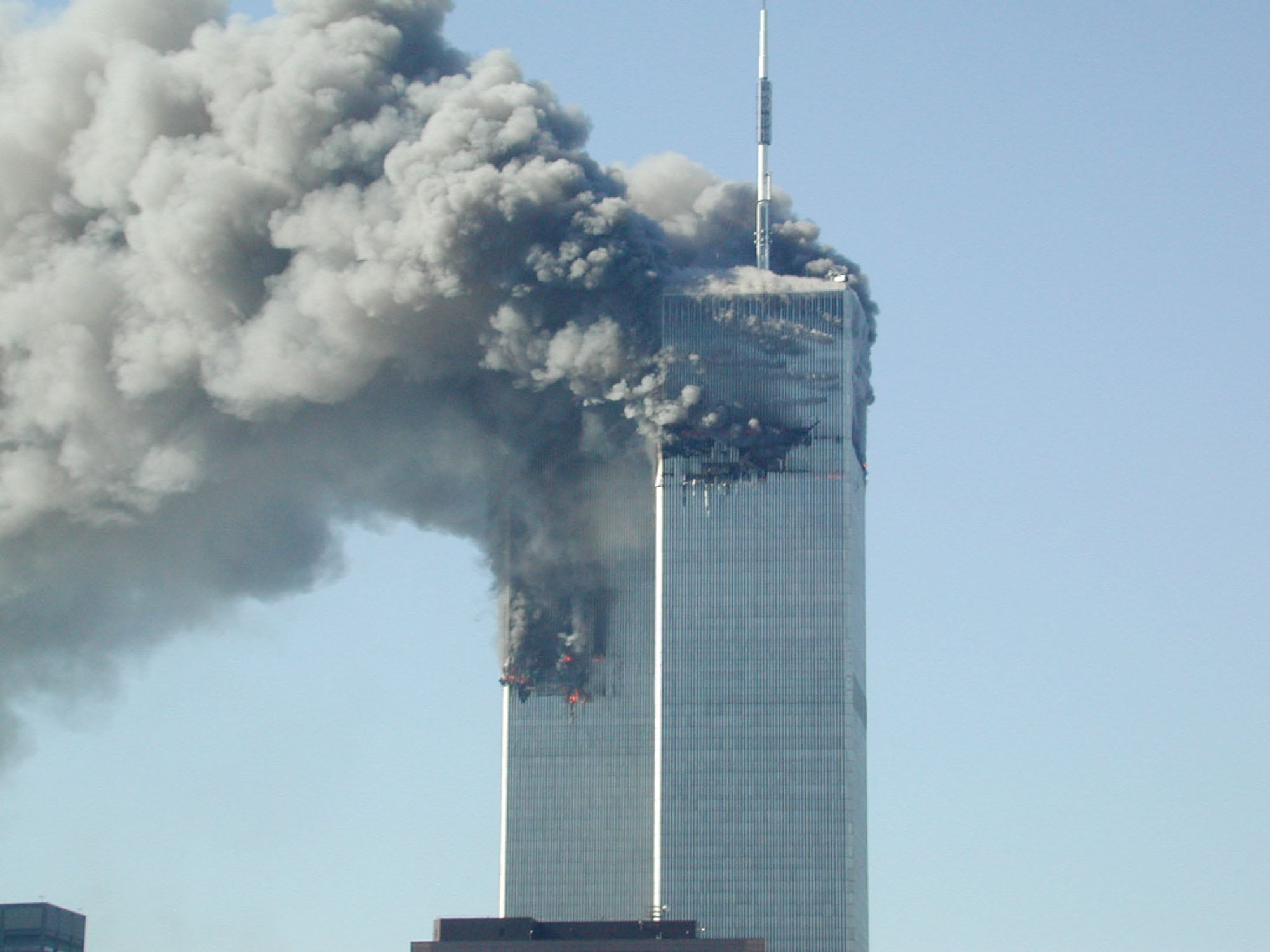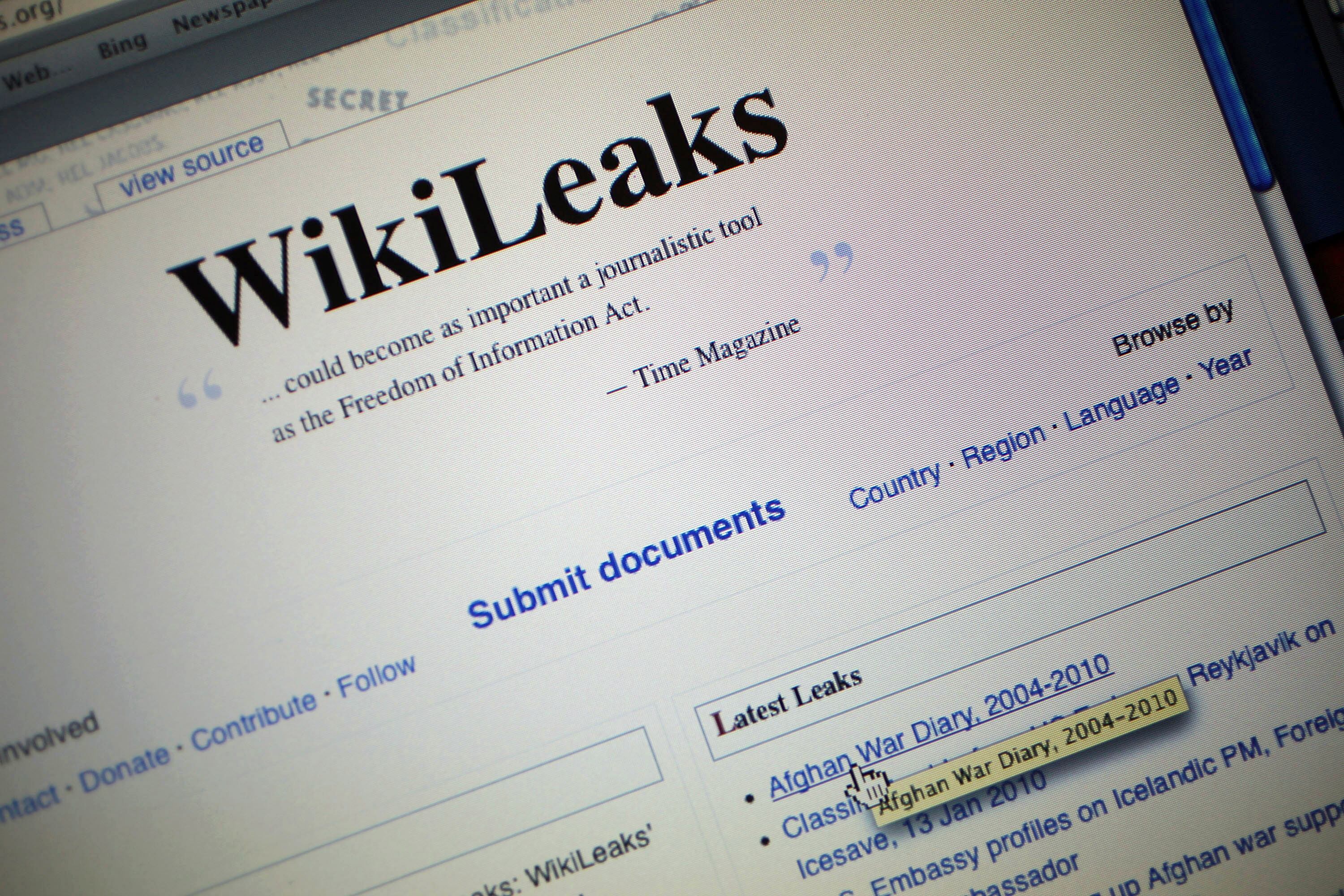This is part of a larger Federal Times 50-year anniversary project, showcasing the historic events from the last five decades that most shaped how government operates. Go to our special report to see more of our coverage as it rolls out in December and the first part of 2016.
Many argue that there was no way to predict the chain of events that occurred in the days and weeks after Hurricane Katrina hit the Gulf Coast in 2005. Many also say that far more could have been done to stave off the devastation – and years of recovery efforts that continue to this day.
After the Category 3 storm made landfall in Louisiana on Aug. 29, flooding soon took hold following 53 levee breaks throughout New Orleans. Though National Guard units and federal disaster response were deployed in advance of the storm, drastic breakdowns in coordination between federal, state and local partners persisted – resulting in an estimated 60,000 people stranded.
RELATED

"The world was impacted in ways it didn't imagine," said Beth McGrath, director of federal sector at Deloitte Consulting, and former deputy chief management officer at the Department of Defense. "As the nation watched, we felt a little powerless. People could see first-hand through the media what the devastation was like. If you describe it in words, it doesn't get to the heart of how horrific the situation was."
Natural disasters occurred in the U.S. before and since Hurricane Katrina. But that event spotlighted the harm that can come from communicative breakdowns and the lack of collaboration across jurisdictions. The imagery of those days, broadcast for the country and world to see, also showed the country and world the harsh reality that the U.S. government might not always be capable of immediate rescue.
Subsequent aid was slow to arrive and breakdowns continued to hamper recuse efforts as the plight of desperate residents trapped in flooded homes and on interstate bridges played out on live television. Following the storm, 58,000 National Guardsmen were activated to handle recovery efforts. Ultimately, between 1,245 and 1,836 people died as a result of the storm and its aftermath. With $108 billion in damage, Katrina was the costliest storm in U.S. history.
"Even though the failures were as much attributable to deficiencies in state and city responses as to the federal government ineptitude, [Katrina] reaffirmed public expectations that the federal government was critical to crisis management," said Franklin Reeder, former director of the Office of Administration at the White House.
Criticism of government officials on all levels, up to and including President George W. Bush, soon mounted over the government's response. Exactly where the breakdowns occurred is some matter of debate, as Federal Emergency Management Agency chief Michael Brown, Louisiana Gov. Kathleen Blanco and New Orleans mayor Ray Nagin faced blame for gridlock in recovery efforts.
Regardless, "at the end of the day, there are opportunities to say, what we did wasn't enough," McGrath said. "The people wanted and needed the government's help immediately and [the government] wasn't prepared to execute."
Those breakdowns revealed the importance of a unified, coordinated effort by government partners to meet the challenges of a disaster event, said Donald Kettl, a professor at the University of Maryland's School of Public Policy, and a nonresident senior fellow at the Brookings Institution.
"The first and most important thing is that it put squarely on everyone's agenda, not only the continuity of government, but the intergovernmental dimensions of it," he said. "It was a horrific case of government in New Orleans virtually disintegrating."
RELATED

If there is a bookend to Katrina in terms of government response, it's the 2012 response to Hurricane Sandy, which ravaged the Northeast and New York, but was more effectively managed through coordination on all levels. In advance of the storm, attention was paid to weaving together federal, state and local preparation. President Barack Obama was on the scene quickly. And response following the storm was stronger and more integrated.
“I think there is a quicker trigger on federal intervention than there has ever been in the past,” Kettl said. “There’s an instinct that should anything happen of that scale ever again, anything that suggests a lack of control or power or effectiveness at the state and local level, the feds are going to be riding in and they will be riding hard and fast.”
In Other News



